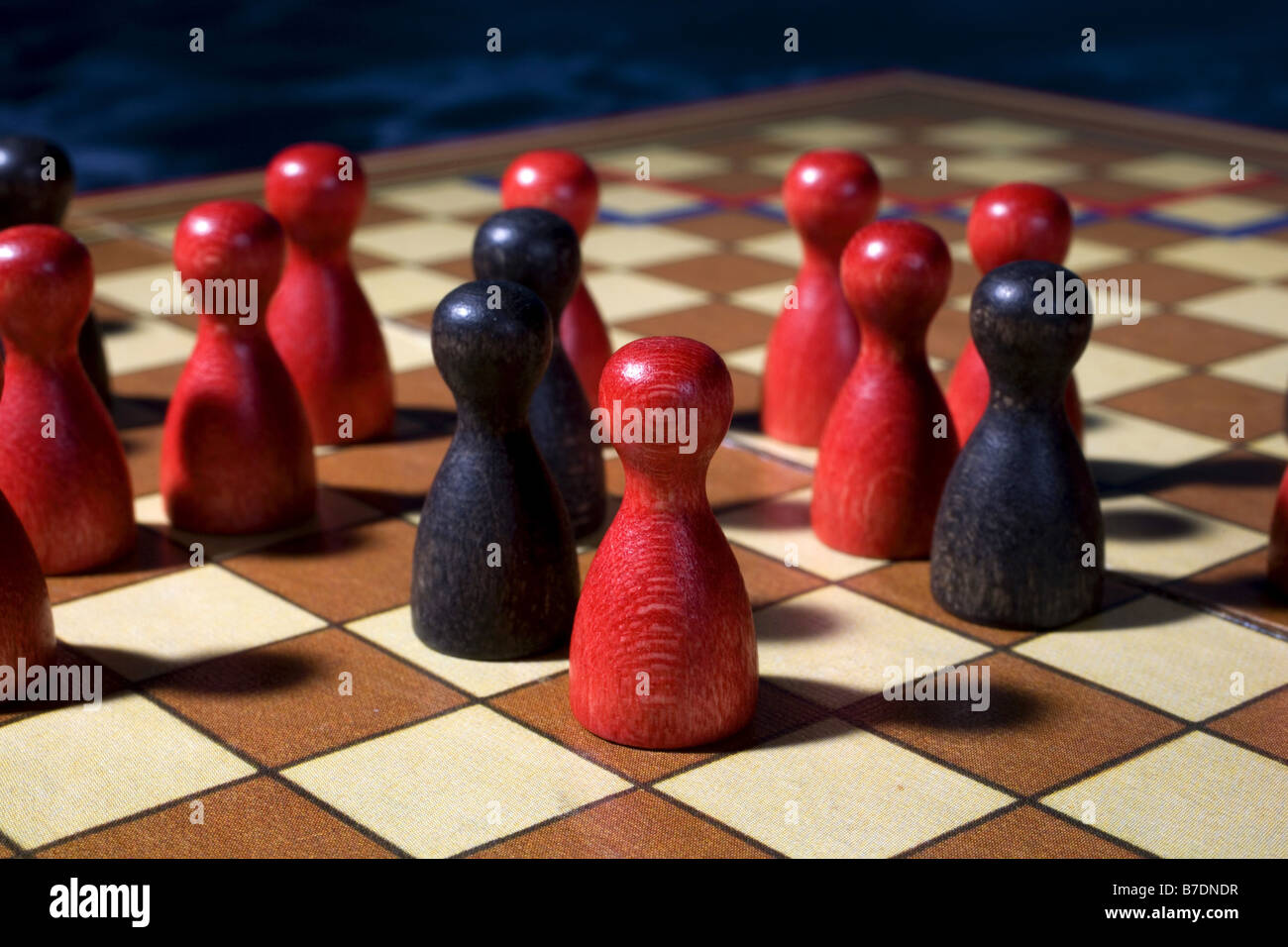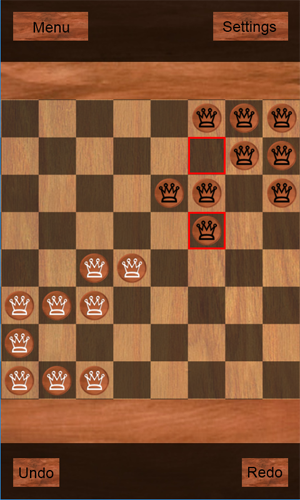

This is just a count of all of the letters in guessed list that aren’t contained in the word list. The next thing we need for the GUI is the number of wrong letters that have been guessed. So the first two elements of the Model need to be ObservableLists one with the letters of the word, and the other with the letters that have been guessed. Furthermore, the word isn’t really going to be treated like a word, it’s just an ordered list of letters.

Every other aspect of the game play can be derived from just those two things. If you think about it for a little bit, there’s really only two pieces of data required for the game a word, and a list of letters that have been guessed. This is the place to start, because the Model really describes how the game logic is going to be translated over to the GUI.
#Javafx halma game plus#
I decided to use an MVCI structure (MVC plus an Interactor to hold the game logic), because that’s generally best when doing anything non-trivial. Generally speaking, there are 7 body parts, so you get 7 wrong letter guesses before you lose. Usually, when you’re playing the game with paper and pens, the hangman is just a stick figure. When the entire figure has been drawn, if you haven’t guessed the word, you lose. First, a head, then a body then the legs and so on. There’s a picture of a noose, and every time you guess a letter that isn’t in the word, a new body part is added to the picture. Hangman is a pretty simple game where you try find a hidden word by guessing at letters that might be in it.
#Javafx halma game code#
So I asked myself, “Just how little code would it take to write the whole game?” Hangman - The Rules The code that was posted by the person asking the question was really, really complicated - apart from the GridPane - and I was struck by how really simple the code I had written was in comparison. Then you can provide the offsets, by adding some padding to the left of the 2nd and 3rd HBoxes. It turns out it’s extremely simple to write with just a few lines of code by using a VBox with the keys in three HBoxes. The person asking the question was trying to use a GridPane, which seems like it might be logical, but that became complicated because to create the offsets you needed to have each key span two columns so that you could skip the first column on the second row, and so on. I came across a question on the Internet from someone trying to create a virtual keyboard (for a Hangman game) that looked a bit like a physical keyboard, with each row of keys a little offset from the one above it. The simplicity of the result surprised even me and it points out just how powerful reactive programming can be. This book is for beginners in Java and/or JavaFX who wish to develop apps and games with FXGL, while improving Java and JavaFX skills.I decided to try writing a Hangman game that would look up words from the internet, just too see how much code it would actually take.
#Javafx halma game professional#
Master professional cross-platform, desktop and mobile, games using the FXGL game engine.Learn about real-world game development concepts in a general-purpose programming language.

Understand use of advanced Java and JavaFX concepts.During the course of this book, you will have produced a range of cross-platform applications and games using FXGL, reinforcing the game development concepts covered throughout. The key take-away skill from this book is the ability to develop professional-level applications and games with FXGL. The last two chapters cover packaging and deployment of JavaFX and FXGL applications and discussion on future projects. The following chapter is dedicated to non-game applications that can be developed using FXGL. Visually complex features related to graphics and rendering as well as UI elements and animation system in FXGL will be discussed in the next chapter. An important concept of games AI is covered in the following chapter. The next chapter builds on this, where we develop a platformer game using the physics engine and a popular external tool called Tiled. In the following chapter, we learn about entity-component model used in FXGL to create a powerful abstraction of the game world. Next, we will learn about the FXGL game engine and its wide range of real-world game development techniques. We will start with an overview of the book followed by requisite concepts from Java and JavaFX that will be used throughout this book. The core focus of the book is on developing a standalone game or application with FXGL. Understand real-world game development concepts using JavaFX game engine called FXGL.


 0 kommentar(er)
0 kommentar(er)
